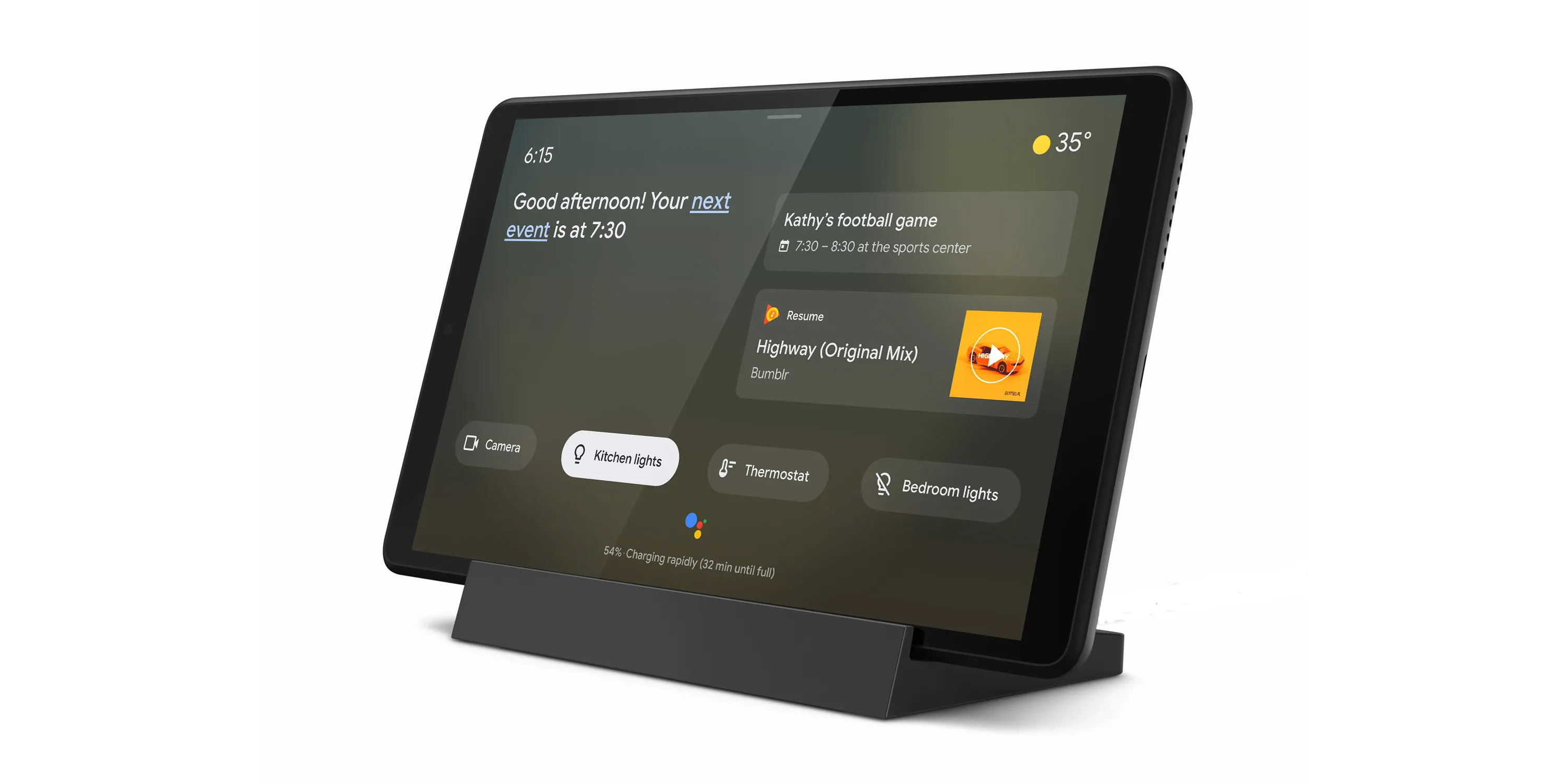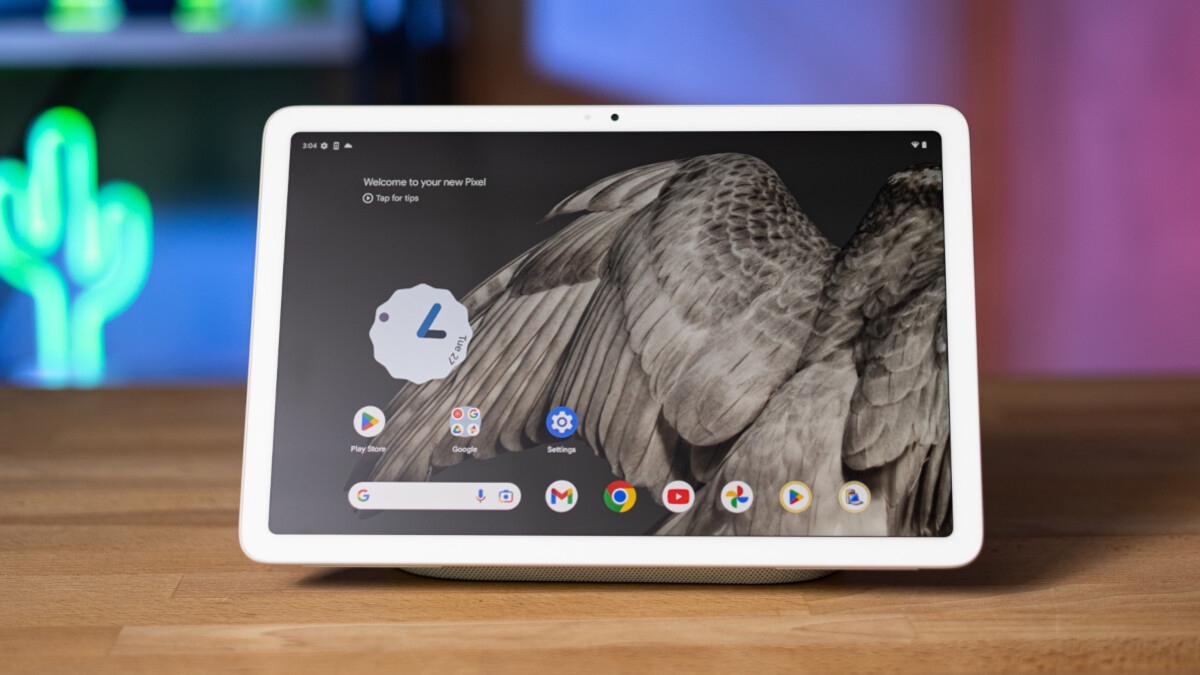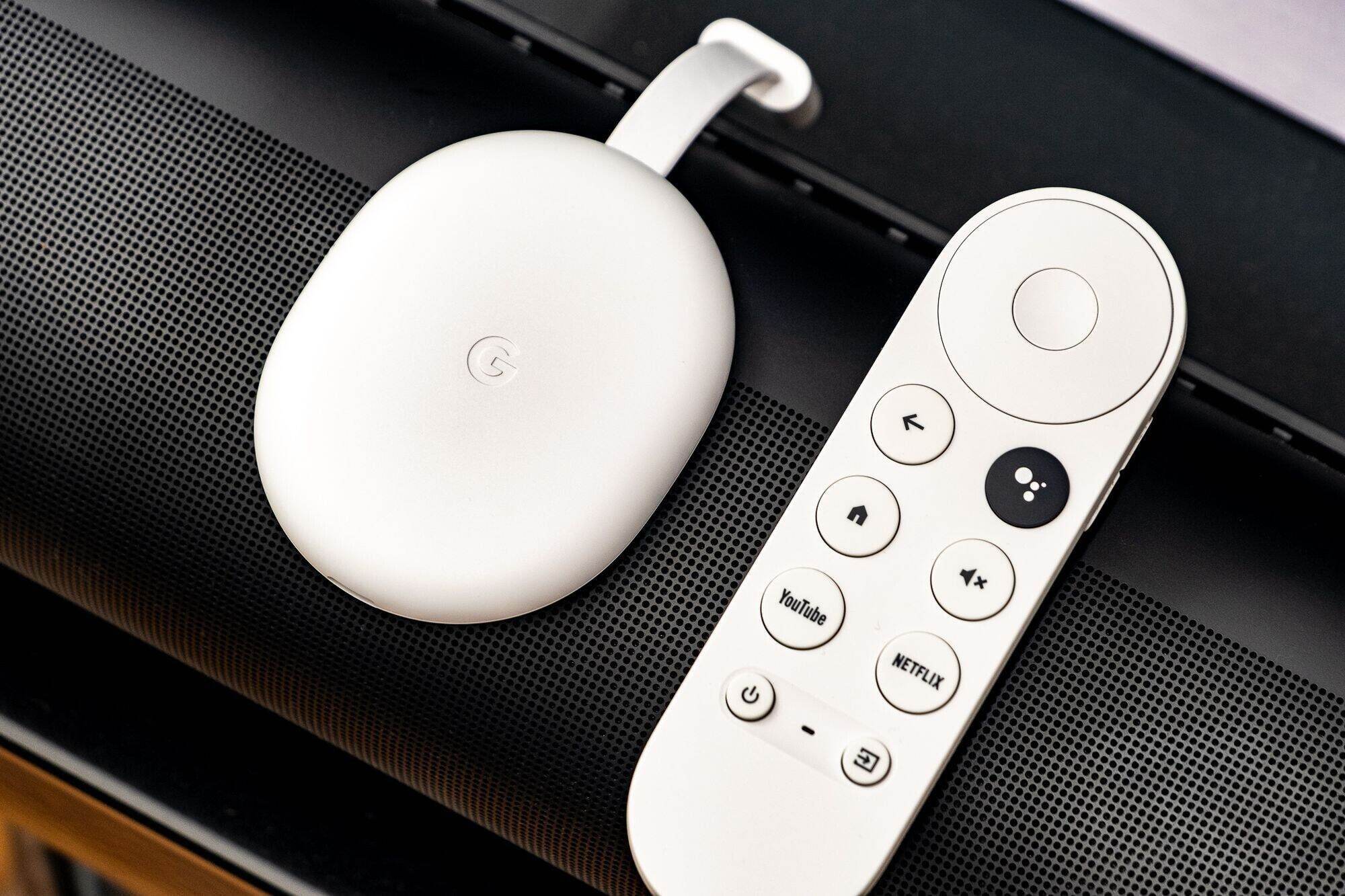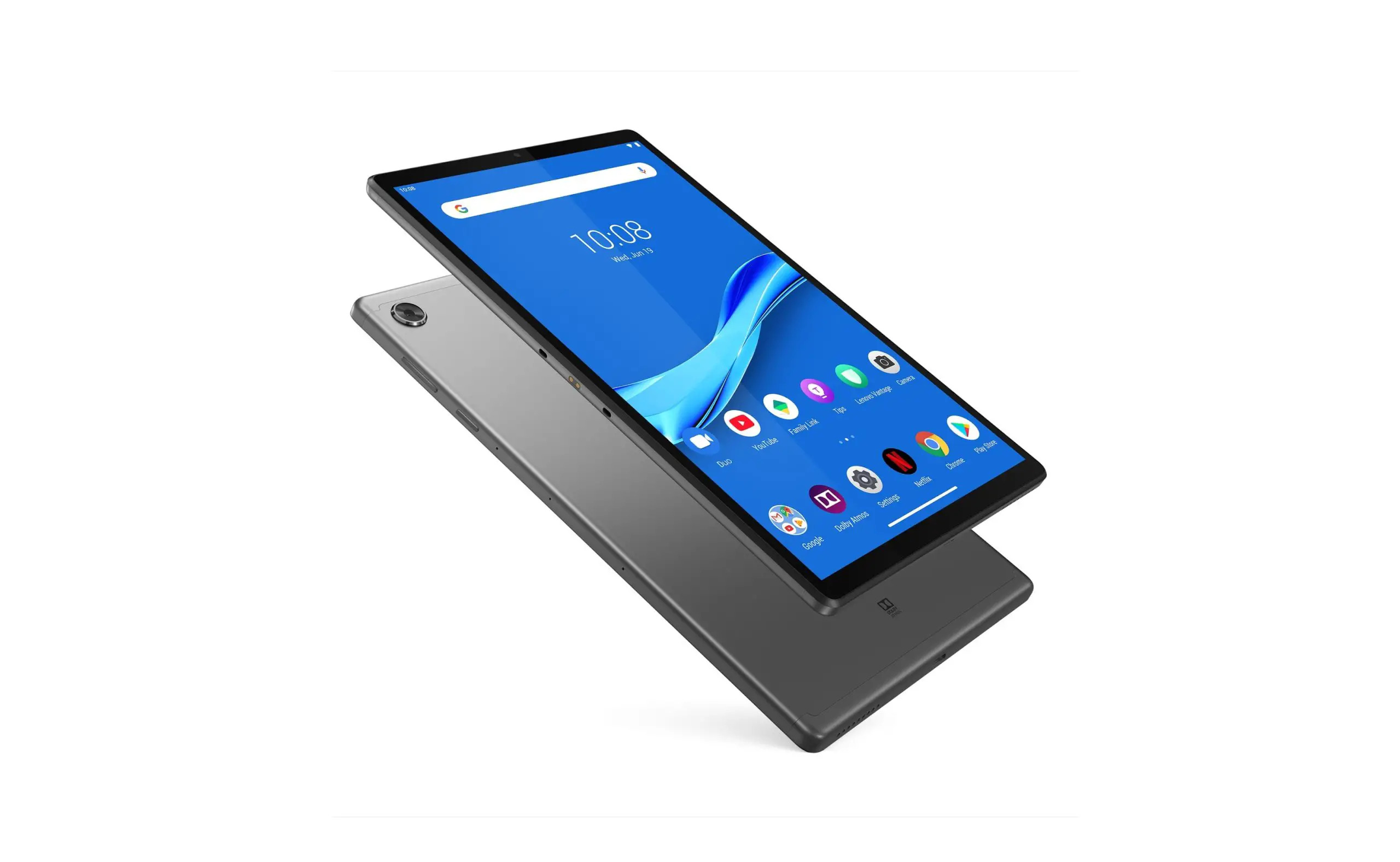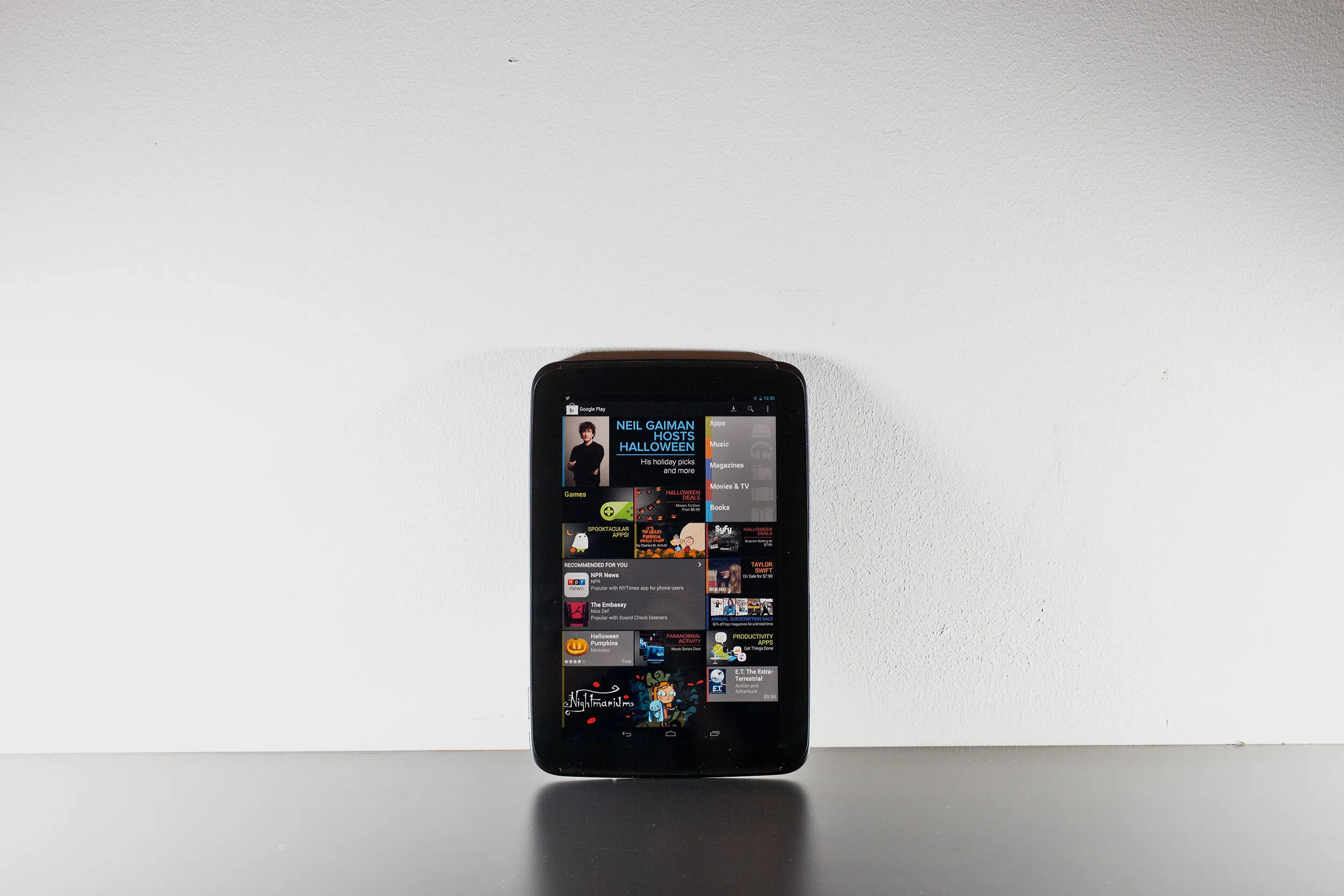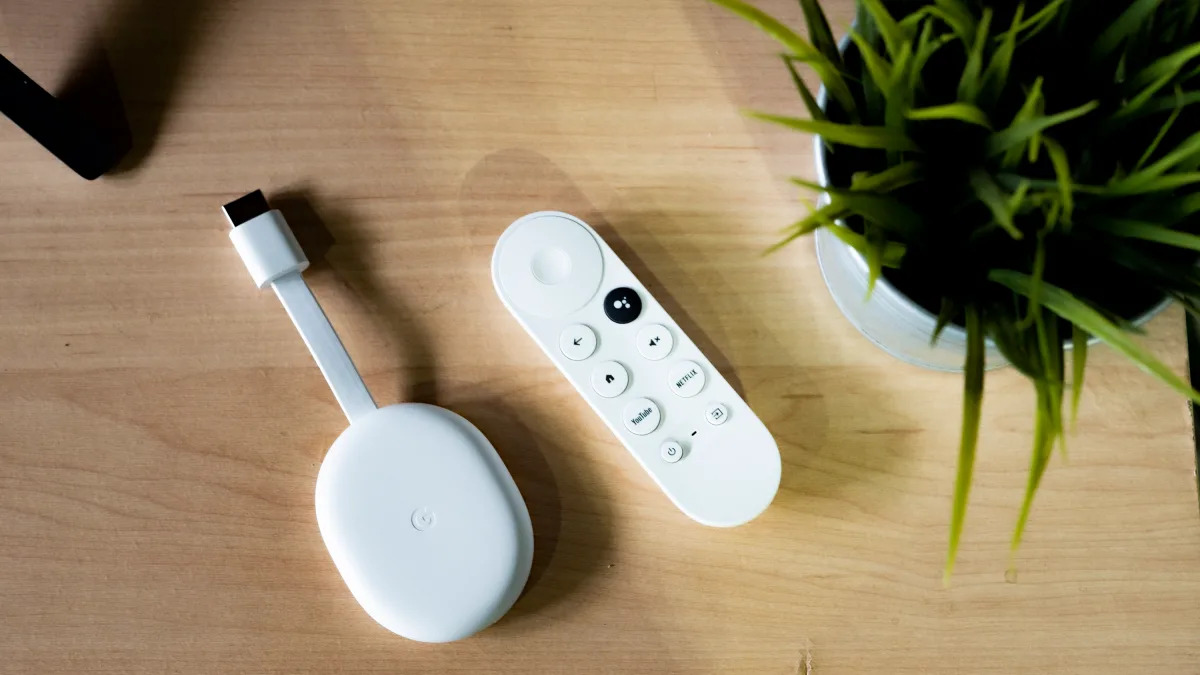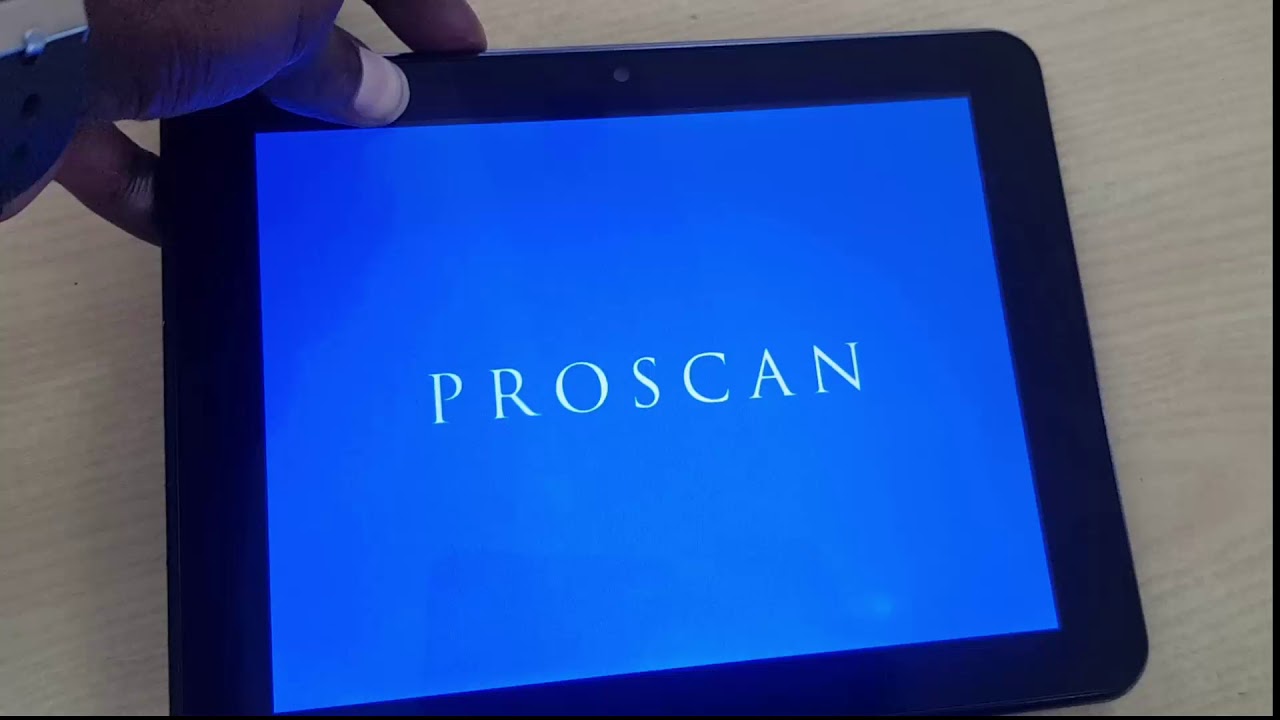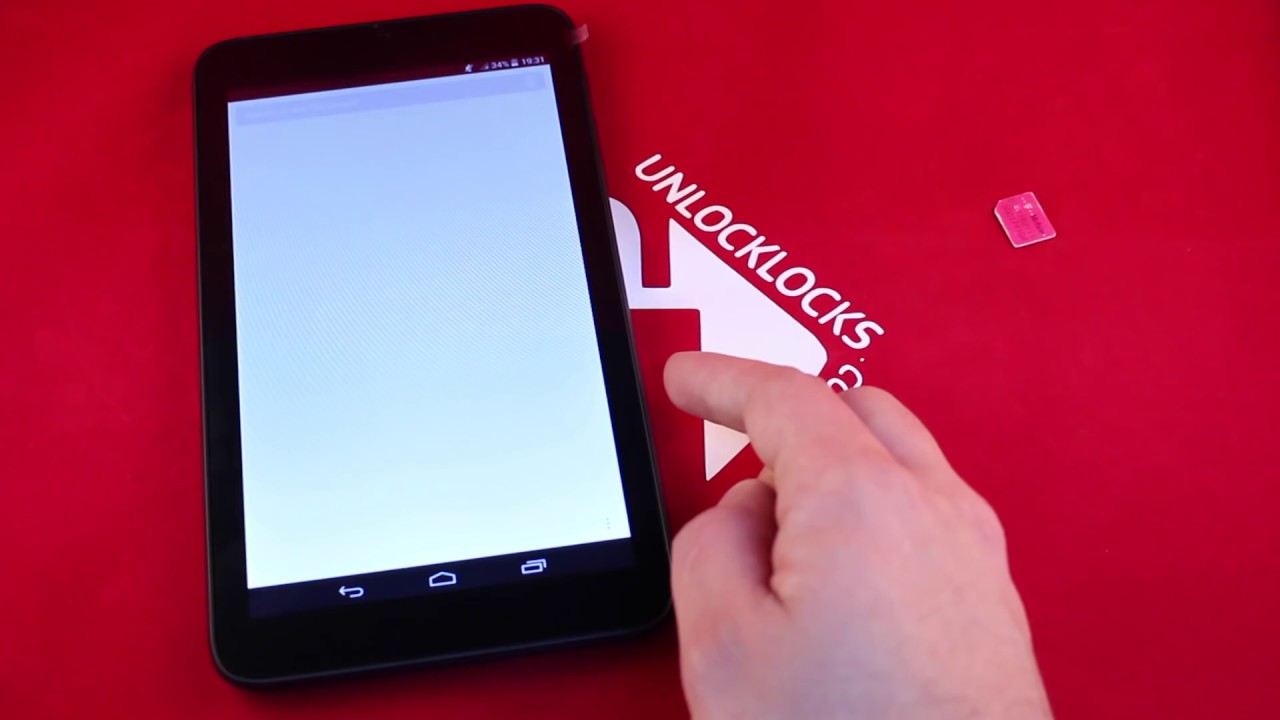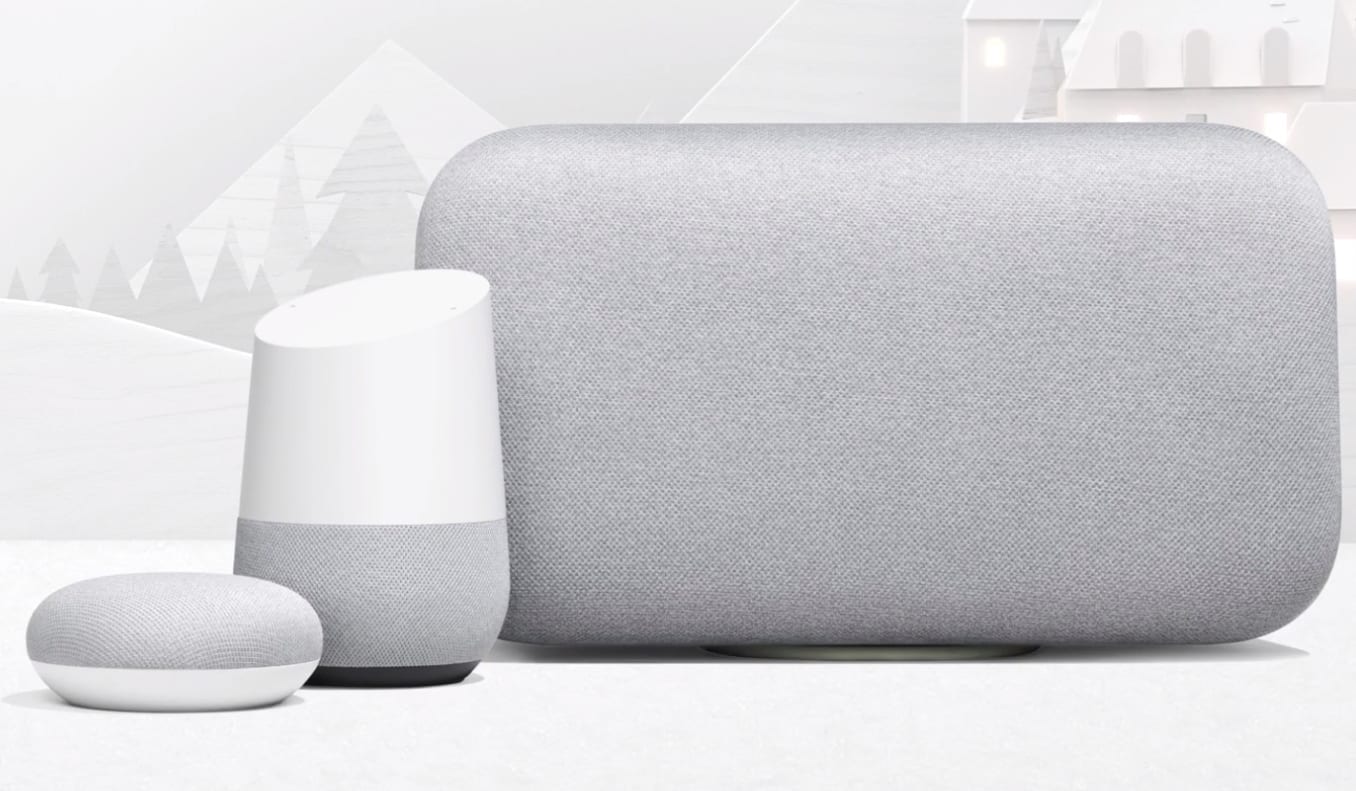Introduction
In a world increasingly reliant on smart devices and voice-activated assistants, the availability and convenience of Google Assistant have made it a popular choice for users. However, not all devices are equipped with Google Assistant out of the box. If you own a tablet and want to harness the power of this intelligent virtual assistant, you’re in luck. This article will guide you through the steps to get Google Assistant on your tablet.
Google Assistant is a virtual assistant developed by Google that offers voice-activated commands and personalized assistance. It can perform a variety of tasks, such as setting reminders, answering questions, playing music, controlling smart home devices, and much more. With Google Assistant, your tablet becomes a versatile tool that can simplify your life and provide instant information at your fingertips.
There are several compelling reasons to get Google Assistant on your tablet. Firstly, it enhances the functionality of your device by allowing you to execute tasks through voice commands, which can be especially useful when your hands are occupied or when you’re on the go. This hands-free approach also comes in handy for individuals with limited mobility or visual impairments, enabling them to interact with their tablet effortlessly.
Secondly, Google Assistant provides a seamless integration between your tablet and other Google services, including Gmail, Calendar, Maps, and Drive. This means you can access your emails, schedule appointments, navigate to your desired locations, and manage files with just a simple voice command. Google Assistant brings these services together, streamlining your tablet usage and making it more efficient.
Lastly, having Google Assistant on your tablet opens up a world of entertainment possibilities. You can use it to play your favorite songs, podcasts, or audiobooks from popular streaming services. The assistant can also recommend personalized content based on your preferences, making your tablet a hub for endless entertainment options.
Now that we have explored the advantages of having Google Assistant on your tablet, let’s delve into the compatibility requirements and various methods to install it.
What is Google Assistant?
Google Assistant is an intelligent virtual assistant developed by Google. It serves as a personal assistant that you can interact with through voice commands, making tasks and information retrieval easier and more efficient. It is designed to understand natural language and provide personalized responses, creating a natural and conversational experience.
With Google Assistant, you can perform a wide range of actions and get instant answers to your queries. Whether it’s setting reminders, sending text messages, checking the weather, or even playing your favorite music, Google Assistant is there to assist you. Its capabilities extend beyond basic tasks, allowing users to control smart home devices, make reservations, translate languages, and more, all through voice commands.
One of Google Assistant’s key features is its ability to leverage the vast knowledge base of Google’s search engine. This means that it can provide you with up-to-date information about sports scores, news updates, and even help you with trivia questions. Its contextual understanding allows it to have follow-up conversations, making it easier to perform complex tasks that require multiple steps.
Google Assistant’s integration with other Google services provides a seamless experience across multiple devices. It can sync with your Gmail, Calendar, and Contacts, allowing you to send emails, schedule appointments, or make calls, all with your voice. Furthermore, it can interact with various third-party apps, enabling you to order food, book rides, or make online purchases without leaving the Assistant’s interface.
One of the most impressive features of Google Assistant is its ability to learn and adapt to your preferences over time. It can recognize your voice and personalize responses based on your previous interactions. This ensures that the Assistant becomes more personalized and accurate in understanding your requests, ultimately making it a powerful tool tailored to your needs.
The development of Google Assistant continues to push the boundaries of voice-activated technology. With ongoing updates and improvements, it promises to become an even more indispensable part of our daily lives, revolutionizing the way we interact with technology and simplifying tasks through its intuitive and conversational nature.
Reasons to Get Google Assistant on Tablet
There are several compelling reasons why you should consider getting Google Assistant on your tablet. Let’s explore some of the key benefits:
- Enhanced functionality: Google Assistant brings a new level of functionality to your tablet. With the assistant, you can perform tasks, such as setting reminders, sending messages, making calls, and playing media, using just your voice. This hands-free approach allows you to navigate your tablet more efficiently and multitask without the need to physically interact with the device.
- Smart home control: If you have a smart home setup, Google Assistant can act as a central hub for controlling your connected devices. From adjusting the lights and temperature to locking doors and playing music, you can manage your smart home ecosystem effortlessly through voice commands on your tablet.
- Instant information and answers: Want to know the weather forecast, latest news, or sports scores? With Google Assistant on your tablet, you can get instant information and answers to your queries. Simply ask a question, and the assistant will provide you with relevant and up-to-date information, sourced from the web and other Google services.
- Personalized recommendations and reminders: Google Assistant learns from your interactions and preferences, allowing it to deliver personalized recommendations and reminders. Whether it’s suggesting a nearby restaurant based on your previous dining habits or reminding you of upcoming appointments, the assistant helps you stay organized and provides tailored suggestions to enhance your day-to-day activities.
- Seamless integration with Google services: Google Assistant seamlessly integrates with various Google services, such as Gmail, Calendar, Maps, and more. This means you can access and manage your emails, schedule appointments, navigate to your desired locations, and perform other tasks efficiently using just your voice. The assistant acts as a bridge between different Google apps, making your tablet usage more streamlined and convenient.
- Hands-free accessibility: For individuals with mobility or visual impairments, Google Assistant on a tablet offers an accessible way to interact with the device. Voice commands eliminate the need for manual navigation, allowing users to have hands-free control over their tablets. This feature promotes inclusivity and enables a wider range of users to enjoy the benefits of using a tablet.
These are just a few of the many reasons why getting Google Assistant on your tablet can greatly enhance your user experience. The assistant’s versatile capabilities, personalized responses, and seamless integration make it a valuable addition, transforming your tablet into a powerful and intelligent virtual assistant.
Compatibility Requirements
Before you proceed with installing Google Assistant on your tablet, it’s important to check if your device meets the compatibility requirements. Here are the key considerations:
- Operating System: Google Assistant is compatible with Android devices running Android 6.0 Marshmallow or higher. Ensure that your tablet is running on one of these supported versions to be able to install and use Google Assistant.
- Hardware Specifications: While Google Assistant doesn’t have specific hardware requirements, it requires a device with a microphone and internet connectivity for voice-based commands. Most tablets today come with built-in microphones, but double-check to ensure your tablet has this hardware component.
- Google Play Services: Make sure that your tablet has the latest version of Google Play Services installed. Google Assistant relies on Google Play Services for updates and functionality, so having the latest version is crucial for a smooth experience.
- Language Support: Google Assistant supports a wide range of languages, but not all languages are available in every region. Check the language support options to ensure that your desired language is supported on your tablet.
- Google Account: You will need a Google Account to access Google Assistant. Ensure that you have a valid Google Account and that you’re signed in to it on your tablet before attempting to install the assistant.
By meeting these compatibility requirements, you can ensure a seamless installation and optimal performance of Google Assistant on your tablet. It’s important to note that these requirements may vary slightly depending on the tablet brand and model, so it’s always a good idea to refer to the specific documentation or support resources provided by your tablet’s manufacturer.
Method 1: Installing Google Assistant from Google Play Store
The most straightforward way to get Google Assistant on your tablet is by installing it directly from the Google Play Store. Follow these steps to install Google Assistant:
- Open the Google Play Store app on your tablet.
- In the search bar at the top, type “Google Assistant” and tap on the search icon.
- From the search results, look for the official Google Assistant app developed by Google LLC.
- Tap on the app to open its detail page.
- On the app’s detail page, tap on the “Install” button.
- Review the permissions required by the app and tap on the “Accept” button to proceed with the installation.
- Wait for the app to download and install on your tablet. This process may take a few minutes depending on your internet connection speed.
- Once the installation is complete, tap on the “Open” button to launch Google Assistant.
- Follow the on-screen instructions to set up Google Assistant and grant any necessary permissions it requires.
- Once the setup is complete, you can start using Google Assistant on your tablet by saying “Hey Google” or by tapping on the microphone icon within the app.
By downloading and installing Google Assistant from the Google Play Store, you ensure that you have the official and most up-to-date version of the app. This method is suitable for most Android tablets and provides a straightforward installation process without the need for any additional technical steps.
If your tablet doesn’t have access to the Google Play Store, or if you encounter any issues during the installation process, don’t worry. There are alternative methods to get Google Assistant on your tablet, which we will explore in the following sections.
Method 2: Side-loading Google Assistant APK
If your tablet doesn’t have access to the Google Play Store, or if you prefer to manually install Google Assistant, you can side-load the APK (Android Package Kit) file onto your tablet. Here’s how to do it:
- On your tablet, go to the Settings menu and navigate to the Security or Privacy section.
- Enable the option to allow installation from unknown sources. This will allow your tablet to install apps from sources other than the Google Play Store.
- Open a web browser on your tablet and search for “Google Assistant APK download”. Look for a reliable and reputable source to download the APK file from.
- Once you’ve found a trusted source, download the Google Assistant APK file to your tablet.
- Once the download is complete, locate the APK file in your tablet’s file manager or the Downloads folder.
- Tap on the APK file to start the installation process.
- Review the permissions required by the app and tap on the “Install” button to proceed with the installation.
- Wait for the app to be installed on your tablet. This process may take a few moments.
- Once the installation is complete, you can find and open Google Assistant on your tablet like any other installed app.
- Follow the on-screen instructions to set up Google Assistant and grant any necessary permissions it requires.
- Once the setup is complete, you can start using Google Assistant on your tablet by saying “Hey Google” or by tapping on the microphone icon within the app.
By side-loading the Google Assistant APK, you can manually install the app on your tablet even if it doesn’t have access to the Google Play Store. However, it’s important to exercise caution when downloading APK files from third-party sources. Stick to trusted websites to ensure you’re downloading a legitimate and safe APK file.
If you encounter any issues during the installation process or while using Google Assistant, you can refer to troubleshooting tips and seek assistance from online forums or support communities to help resolve the problem.
Method 3: Using GMS Express
If your tablet doesn’t have access to the Google Play Store or if you’re unable to install Google Assistant using the previous methods, you can try using GMS Express. GMS Express is a tool that allows you to install Google Mobile Services (GMS) on your tablet, which includes Google Assistant. Here’s how you can use GMS Express:
- Visit the GMS Express website on your tablet’s web browser.
- Download the GMS Express APK file from the website.
- Once the download is complete, locate the APK file in your tablet’s file manager or the Downloads folder.
- Tap on the APK file to start the installation process.
- Review the permissions required by the app and tap on the “Install” button to proceed with the installation.
- Wait for the app to be installed on your tablet, which may take a few moments.
- Once the installation is complete, open the GMS Express app.
- Follow the on-screen instructions provided by the GMS Express app to complete the setup process.
- Once the setup is complete, you can now access Google Assistant on your tablet by saying “Hey Google” or tapping on the microphone icon within the app.
GMS Express is a useful tool for installing Google Mobile Services, including Google Assistant, on tablets that do not have official access to the Google Play Store. It provides a simplified process for getting Google services on your tablet, but it’s important to note that the availability and compatibility of GMS Express may vary depending on your tablet’s model and manufacturer.
If you encounter any issues during the installation process or while using GMS Express, it’s recommended to refer to the GMS Express documentation or seek assistance from the respective development community to resolve any problems you may face.
Common Troubleshooting Tips
While installing Google Assistant on your tablet, you may encounter some common issues or challenges. Here are a few troubleshooting tips to help you resolve any potential problems:
- Check compatibility: Ensure that your tablet meets the compatibility requirements mentioned earlier in this article. Verify that your tablet is running a supported version of Android and has the necessary hardware and software specifications.
- Update Google Play Services: Ensure that you have the latest version of Google Play Services installed on your tablet. Having an outdated version can cause compatibility issues with Google Assistant. Go to the Google Play Store and search for “Google Play Services” to check for any available updates.
- Clear cache and data: If you’re experiencing issues with Google Assistant, try clearing the cache and data of the app. Go to the Settings menu on your tablet, navigate to Apps or Application Manager, find Google Assistant, and select the options to clear cache and data. This can help resolve any temporary glitches or conflicts within the app.
- Reboot your tablet: Sometimes, a simple reboot of your tablet can resolve various issues. Restart your tablet and try launching Google Assistant again to see if the problem persists.
- Ensure internet connectivity: Google Assistant requires an active internet connection to function properly. Ensure that your tablet is connected to a stable Wi-Fi network or has a reliable mobile data connection.
- Disable battery-saving modes: Battery-saving modes on your tablet can sometimes restrict the functionality of apps, including Google Assistant. Check if any battery-saving modes are enabled and consider temporarily disabling them while using Google Assistant to see if it resolves the issue.
- Check microphone permissions: Ensure that Google Assistant has the necessary microphone permissions on your tablet. Go to the Settings menu, navigate to Apps or Application Manager, find Google Assistant, and verify that the microphone permission is enabled.
- Seek support: If you’ve tried the troubleshooting tips above and are still experiencing issues, it’s recommended to seek support from the respective tablet manufacturer or visit online forums and communities where users may have encountered similar problems. They can provide further guidance and assistance based on your specific tablet model and software version.
By following these troubleshooting tips, you can overcome common challenges and ensure a smooth experience with Google Assistant on your tablet. Remember to stay patient and persistent, as resolving technical issues may require some trial and error.
Conclusion
Google Assistant is a powerful virtual assistant that can greatly enhance your tablet experience. By following the methods outlined in this article, you can easily install Google Assistant on your tablet and enjoy its wide range of features and functionalities.
We explored three methods to get Google Assistant on your tablet. The first method involved installing the app directly from the Google Play Store, providing a simple and hassle-free installation process. The second method involved side-loading the Google Assistant APK, which is useful if your tablet doesn’t have access to the Play Store or if you prefer manual installation. The third method involved using GMS Express, a tool that allows you to install Google Mobile Services, including Google Assistant, on tablets without Play Store access.
It’s essential to ensure the compatibility of your tablet, update Google Play Services, and follow troubleshooting tips if you encounter any issues during the installation or usage of Google Assistant. These steps will help you streamline the installation process and troubleshoot any potential challenges you might face.
By having Google Assistant on your tablet, you gain access to a versatile virtual assistant that can perform a wide range of tasks, provide instant information and personalized recommendations, and seamlessly integrate with Google services and smart home devices. It enhances the functionality of your tablet, offers hands-free accessibility, and makes your daily tasks more efficient and enjoyable.
Now that you have the knowledge and tools to get Google Assistant on your tablet, don’t hesitate to embark on this journey and explore the countless possibilities it offers. Simplify your tasks, stay organized, and enjoy the convenience of voice-activated commands with Google Assistant on your tablet.







